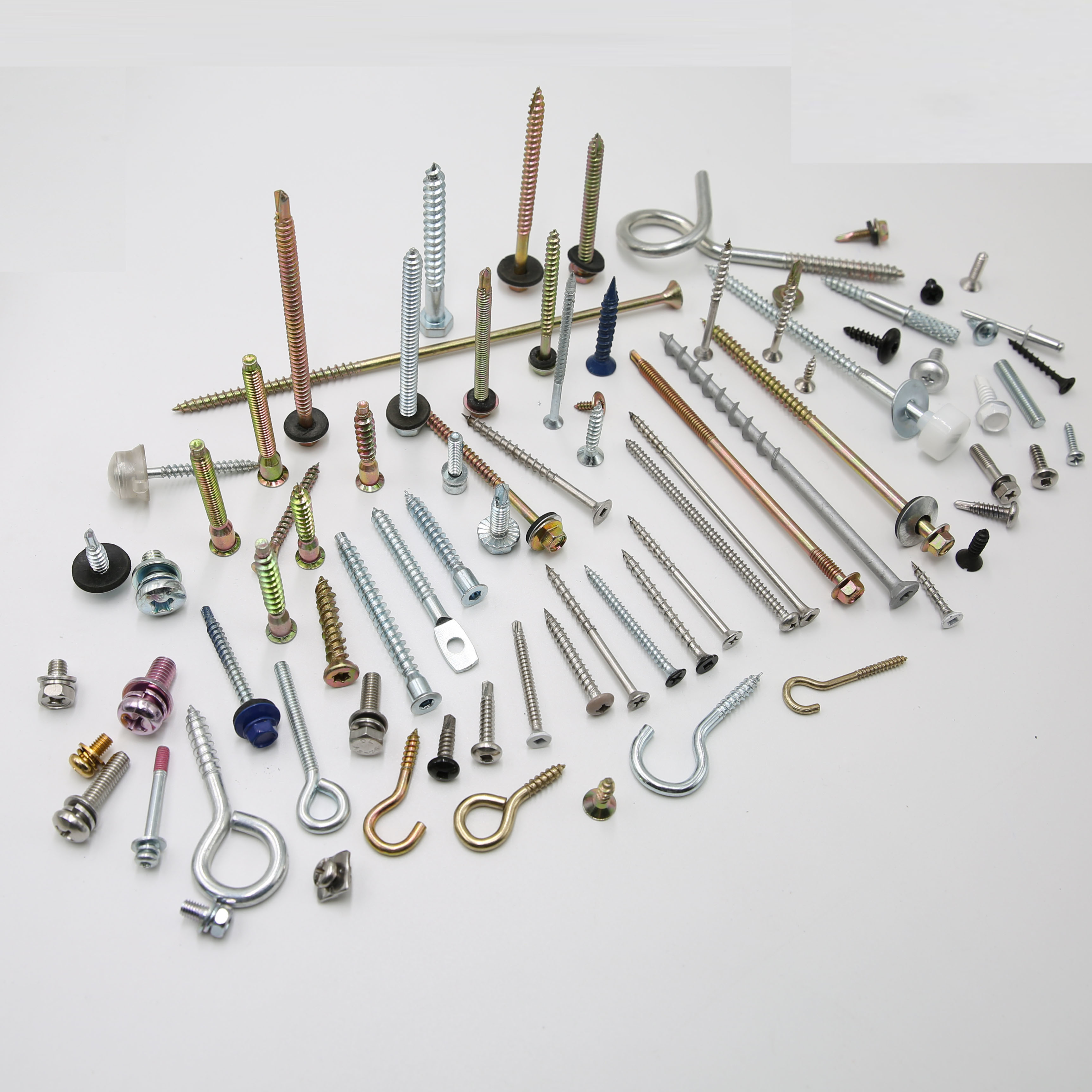Industrial Product Science Popularization - Screw
Release Time:
Jul 25,2025


Classification of screws
According to the assembly method:
Mechanism screw: During assembly, it is necessary to first drill holes and tap teeth on the assembly part. The specifications of the inner and outer teeth should be consistent, and a smaller torque should be used for assembly.
Self tapping screws: Drill holes first during assembly, no need to tap teeth, and assemble with a larger torque.
Self drilling screws: directly used on assembly parts, drilling and tapping teeth are formed in one go, such as wood screws and drill tail screws.
By purpose:
Machine screws: used for fastening connections between threaded hole parts and through-hole parts.
Tightening screw: fixing the relative position of two parts.
Special purpose screws: such as lifting ring screws, used for lifting parts.
Key parameters of screws
Threads: including tooth profile, nominal diameter, number of threads, pitch, and matching of internal and external threads in the same direction.
Head type and groove type: Head types include disc head, countersunk head, round head, hexagonal head, etc; The groove types include straight groove, cross groove, hexagonal groove, etc.
Material: Carbon steel: high strength, wear resistance, low cost, suitable for non corrosive environments, and requires coating to prevent rusting in humid environments.
Stainless steel: corrosion-resistant and high-temperature resistant, suitable for humid and highly corrosive environments (such as the chemical industry).
Titanium alloy: lightweight, high-strength, corrosion-resistant, used in aerospace, chemical, marine, etc., with high cost.
Aluminum alloy: lightweight, good thermal and electrical conductivity, used in automobiles and electronic devices, with low strength and hardness.
Brass: It has good processing, conductivity, and thermal conductivity, and is used in homes and buildings. It is susceptible to corrosion.
Specifications and Applications
The specifications consist of letters and numbers:
M "represents the metric system, and the number represents the diameter (e.g. M6 is a metric diameter of 6mm); Imperial notation methods such as UNC, UNFPA, U/S, etc.
The purpose of screws
Connection and fixation: Connecting thin plates, heavy components, machinery and equipment, etc.
Positioning: such as tightening screws to fix the relative position of parts.
Special purpose: such as lifting ring screws used for hoisting parts.
TIPS
Screws can be easily removed and re tightened without compromising efficiency, with greater force than nails and can be reused.
Most screws are right-handed and locked by rotating clockwise.
Thread cutting self tapping screws can generate internal threads on objects when tightened, and are used in DIY to surgical fields.
Keywords:
More information






